Roller Compactor Hazards: 10 Safety Tips to Avoid Them
Roller compactors are an essential part of construction processes. These are medium to heavyweight equipment used to compact construction material to required densities. They comprise of a steel roller drum fitted on a frame and attached to an engine or power source. Depending on the size, roller compactors can have an operator’s cabin which houses the control units and secures the operator during compaction.
Like other construction equipment, roller compactors aim at reducing project costs and increasing work efficiency. Roller compactors are used in various construction projects and landfill management. In road construction, they are used to compact road subbase and base layers to required densities. Compaction in road construction eliminates air pockets and improves the load bearing capacity of the material.
These allows the road to sustain the intended traffic loads and prevent cracking or pothole formation. In building construction, roller compactors are used to stabilize soils for foundation construction. In landfill, they are used to compact garbage into smaller volumes and high densities to maximize on space and minimize exposure to the environment.
Despite their applications and benefits, roller compactors are hazardous when not properly used. Common hazards include; pinching and crushing, vibrations, noise, and tipping and rollover hazards. These hazards are discussed in detail within this article.
Contents
Types of Roller Compactors
A. Vibratory Roller Compactors
Vibratory roller compactors rely on vibrations as well as the roller drum weight to exert compaction force. The drum in these rollers are fitted with eccentric suspended weights. The weights are electrically triggered to generate vibrations that are transferred to the drum and then to the material. Electric current from the controls causes the eccentric weights to oscillate are controllable frequency; this allows the operator to set the vibration intensity needed for the project. Vibratory rollers are suitable for compaction of cohesive materials where air expulsion is needed.
B. Static Roller Compactors
Static rollers solely rely on the roller drum weight to exert compaction force. The inner walls of the droller drum are lined with heavy material; concrete in some cases, to increase the weight exerted on the material. Static roller compactors take longer to expel air from materials; more passes are needed to attain densities. Static rollers are suitable for compaction of granular material such as sand.
C. Combination Roller Compactors
Combination rollers are designed to meet the working requirements of both vibratory and static rollers. These rollers have vibration mechanisms that can be turned on or off depending on the material under compaction. They are an economical option for projects that require varied compaction densities from one part to another.
Common Roller Compactor Hazards
A. Crushing and Pinching Hazards
1. Risk to Workers
Crushing occurs when a worker’s body or clothing is caught between the rollers, leading to severe injuries. Pinching can happen when hands or fingers are trapped between moving parts.
2. Preventive Measures
To prevent these hazards, operators should receive proper training, wear appropriate protective gear, and follow safety guidelines. The roller should have safety guards and emergency stop systems. Regular equipment inspections and maintenance also improves the roller compactor safety.
B. Vibration Hazards
1. Health Risks
Vibration hazards with roller compactors arise from prolonged exposure to high-frequency mechanical vibrations, primarily affecting operators. These vibrations can lead to conditions like hand-arm vibration syndrome (HAVS) and whole-body vibration (WBV), resulting in discomfort and health issues.
2. Control Measures
Regular equipment maintenance, providing anti-vibration gloves and seats, limiting exposure time, and conducting operator training on safe usage and ergonomics are key preventive measures for vibration hazards. Monitoring and early detection of vibration-related health problems, along with periodic health assessments, are essential for safeguarding workers from these hazards.
C. Tipping and Rollover Hazards
1. Causes
Tipping hazards with roller compactors occur when the machine tilts or overturns, often due to uneven terrain or improper operation. Rollover hazards involve the compactor rolling over a steep slope.
2. Safety Protocols
To prevent these risks, operators must maintain stable ground conditions, avoid excessive speed on slopes, and ensure proper weight distribution. Additionally, wearing seatbelts and using rollover protective structures (ROPS) can mitigate rollover dangers. Regular equipment maintenance and operator training are crucial in preventing these potentially life-threatening incidents.
Noise Hazards
A. Effects of Noise on Workers
Noise hazards from roller compactors can lead to hearing impairment, stress, and reduced concentration for operators and nearby workers. Prolonged exposure may cause permanent hearing damage.
B. Noise Control Measures
Control measures include using hearing protection gear like earplugs or earmuffs, maintaining equipment to minimize noise levels, and implementing engineering controls such as noise barriers or quieter machinery. Regular noise monitoring and employee training on noise-related safety protocols are essential to minimize the adverse effects and ensure a safer working environment.
Exposure to Harmful Substances
A. Diesel Engine Exhaust
Diesel Engine Exhaust: Roller compactors typically use diesel engines, emitting diesel exhaust with harmful components like particulate matter, carbon monoxide, and volatile organic compounds. Prolonged exposure can lead to respiratory problems, cardiovascular issues, and even cancer. Adequate ventilation, emission controls, and maintaining engines can help reduce exposure.
B. Dust and Particulate Matter
Construction sites generate dust and particulate matter, which can be inhaled and irritate the respiratory system. Dust control measures, like water spraying or dust collectors, can mitigate this risk.
C. Chemical Hazards
Roller compactors may encounter chemicals, like asphalt or concrete additives, which can be hazardous. Workers should use appropriate personal protective equipment (PPE) and follow safety data sheets (SDS) guidelines when handling these substances.
D. Respiratory Protection
To protect against airborne hazards, respiratory protection like N95 masks or respirators may be necessary. Fit testing, proper maintenance, and employee training are essential for effective respiratory protection.
Improper Operation and Maintenance
A. Inadequate Training
Insufficient training of operators can result in improper machine operation, increasing the risk of accidents. Operators should receive comprehensive training on equipment operation, safety procedures, and hazard identification to ensure they can competently handle roller compactors.
B. Inspection and Maintenance Procedures
Neglecting regular inspections and maintenance can lead to equipment breakdowns and safety issues. Proper maintenance procedures, including routine checks of hydraulic systems, brakes, and engine components, are essential for safe and efficient operation. Failure to conduct these checks can result in unexpected failures and accidents.
C. Safe Operating Practices
Failure to follow safe operating practices, such as maintaining a safe distance from edges and drop-offs, exceeding recommended speed limits, or not wearing appropriate personal protective equipment, can lead to accidents, injuries, or even fatalities. Operators must adhere to established safety guidelines and procedures.
Protective Equipment and Safety Measures
A. Personal Protective Equipment (PPE)
PPE includes items like helmets, high-visibility vests, steel-toed boots, gloves, safety goggles, and hearing protection. Operators should wear appropriate PPE to mitigate risks, such as head injuries, visibility issues, foot injuries, and hearing damage, associated with roller compactor use.
B. Safety Guidelines
Adhering to safety guidelines is crucial. These guidelines should cover machine operation, safe distances from edges and drop-offs, speed limits, and the use of Rollover Protective Structures (ROPS) and seatbelts. Following these guidelines reduces the risk of accidents, including rollovers and collisions.
C. Emergency Response Plans
Having a well-defined emergency response plan is essential. It should include procedures for handling accidents, contacting emergency services, providing first aid, and evacuating the area in case of emergencies. Regular drills and training ensure everyone knows their roles and can respond effectively to accidents, reducing injury severity.
Regulatory Compliance
A. OSHA Regulations
The Occupational Safety and Health Administration (OSHA) sets comprehensive regulations for roller compactor operation, addressing issues like machine guarding, equipment inspection, operator training, and noise exposure. Compliance with OSHA regulations is mandatory to avoid penalties and create a safe working environment.
B. Industry Standards
In addition to OSHA, industry-specific standards, such as those from the American National Standards Institute (ANSI) and the Construction Industry Safety Council (CISC), provide further guidance on safe roller compactor operation and maintenance. Complying with these standards is essential to align with best practices and reduce industry-specific risks.
Case Studies
A. Real-Life Examples of Roller Compactor Accidents
In 2019, a construction worker in California was injured when a roller compactor tipped over on an uneven road surface. The accident occurred due to inadequate training and the failure to conduct a pre-operational site assessment.
B. Lessons Learned
This case underscores the critical need for proper training, equipment maintenance, and adherence to safety guidelines. It emphasizes the significance of conducting thorough site assessments and using safety features like ROPS and seatbelts to prevent accidents and protect workers.
Conclusions
Various hazards associated with roller compactor use, from tipping and exposure to harmful substances, crushing and pinching, noise hazards, vibration hazards to the consequences of improper operation and maintenance. The given real-world example serves as a stark reminder of the risks involved. Safety measures, including personal protective equipment, adherence to guidelines, and emergency response plans, are paramount.
Regulatory compliance and industry standards play a pivotal role in ensuring workplace safety. Following safety instructions ensures safe roller compactor operation and maintenance, protecting the well-being of workers and fostering a culture of vigilance and responsibility in the construction industry.
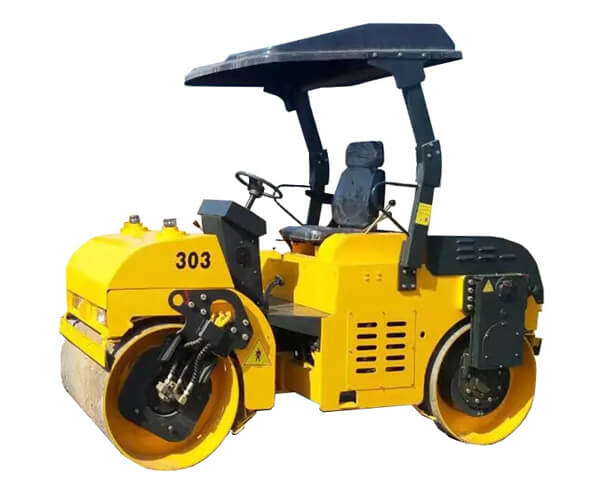
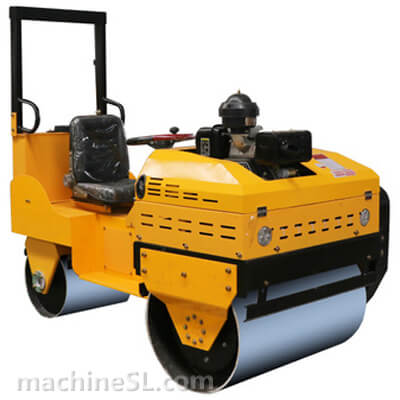
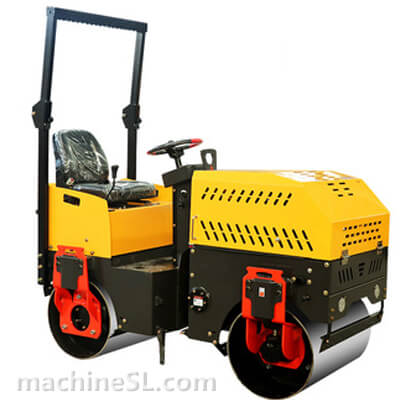
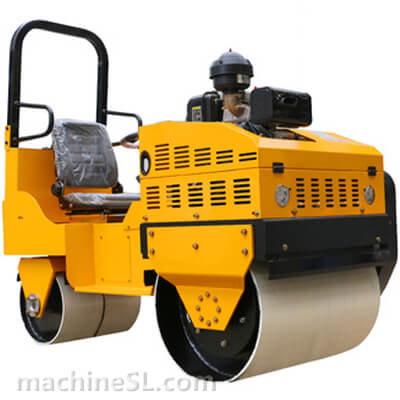
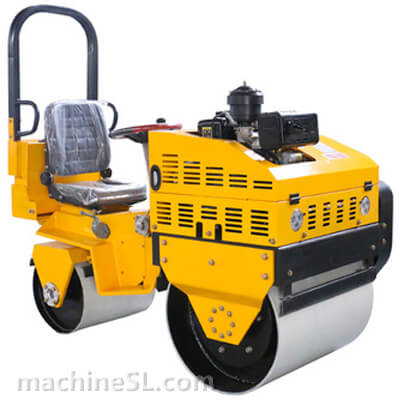
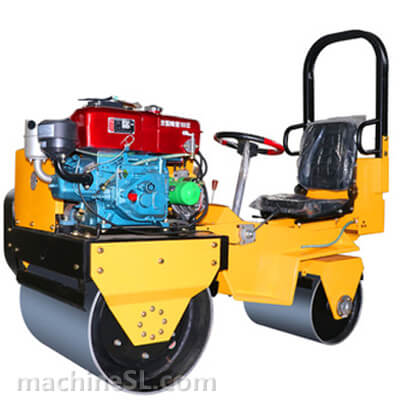
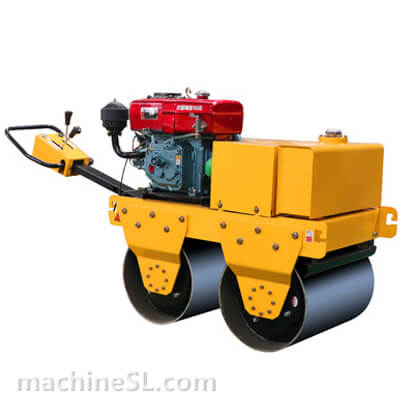
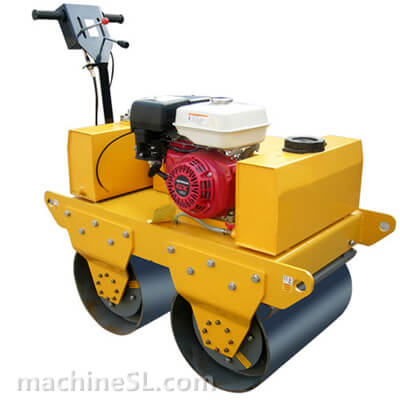
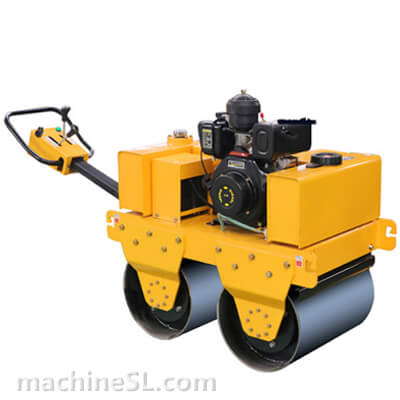
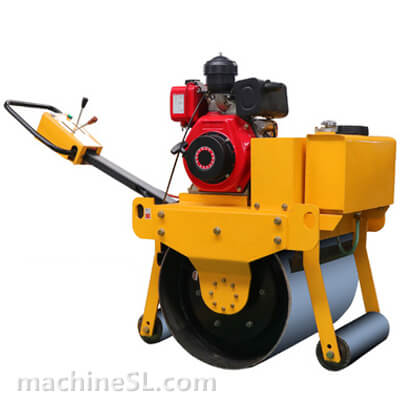
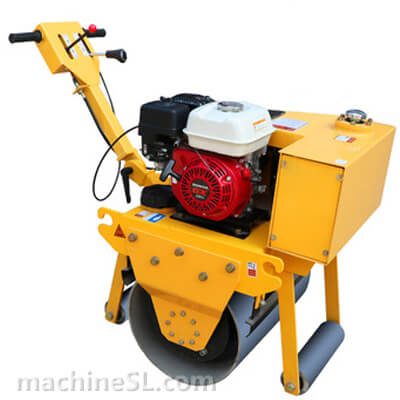
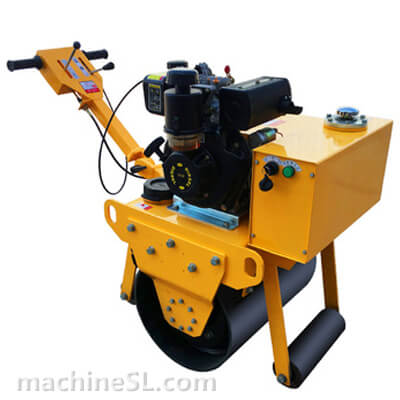
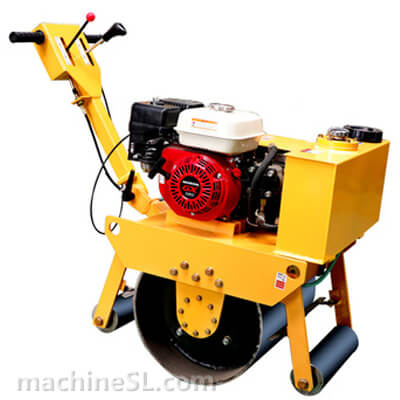
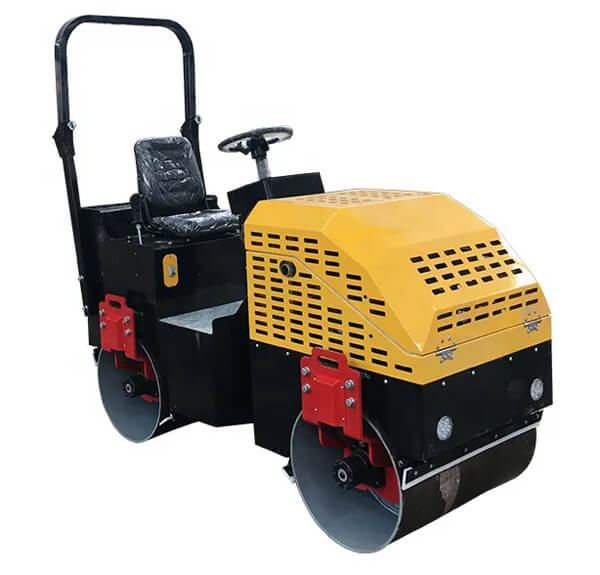
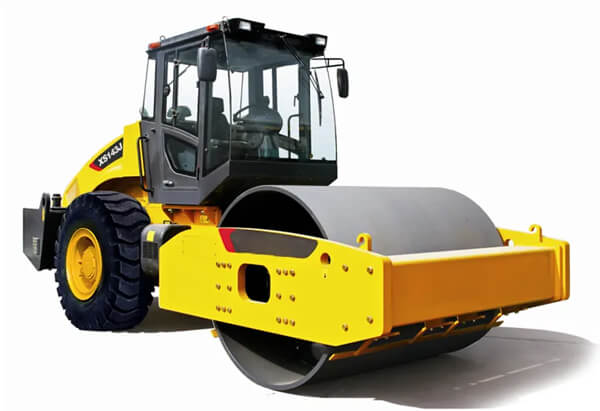
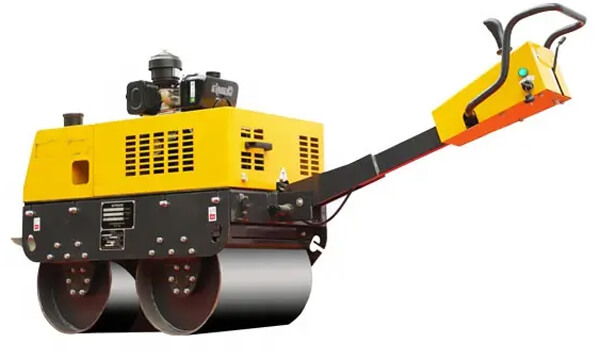
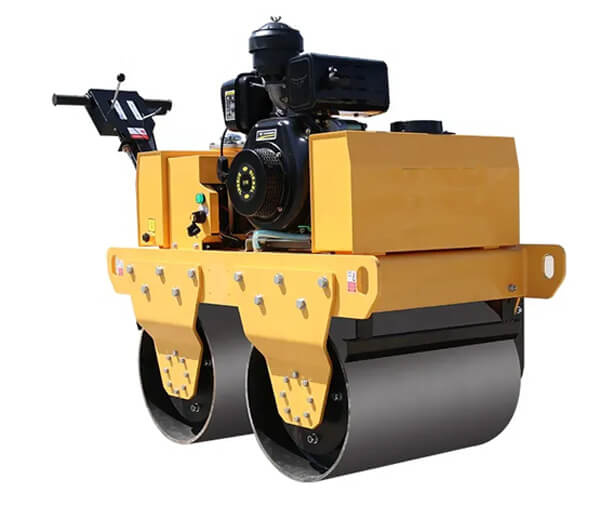
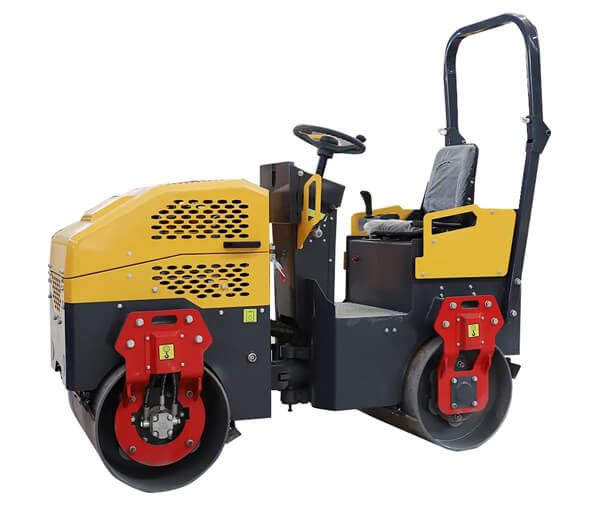
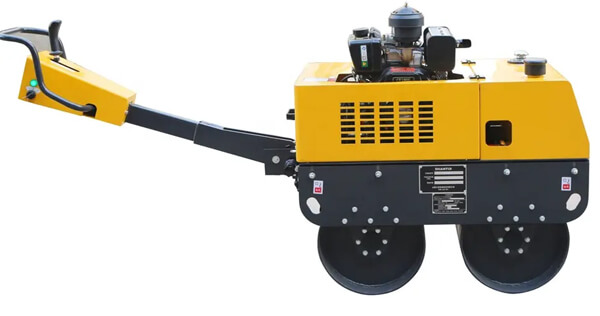
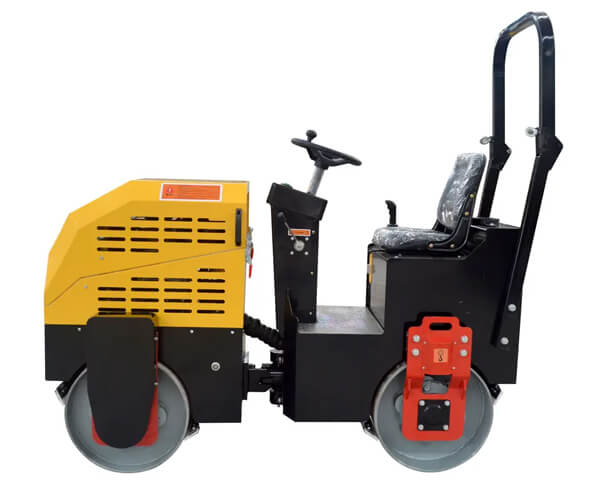
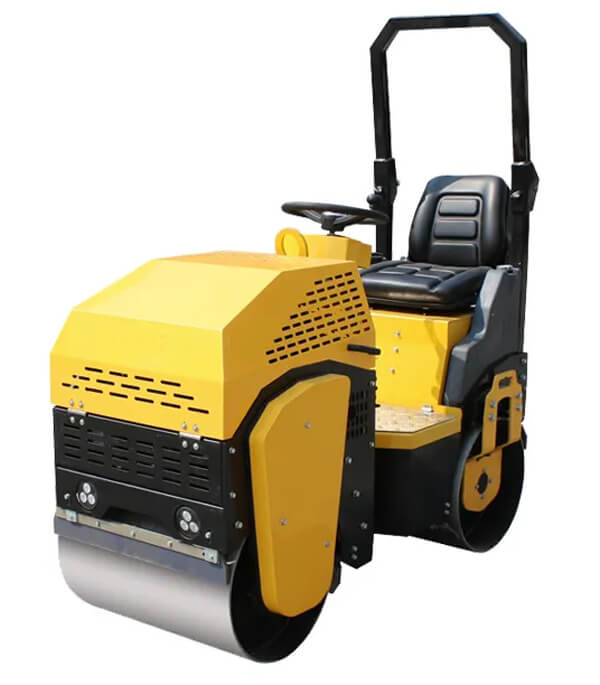
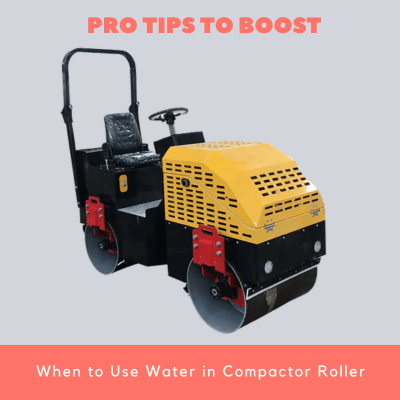
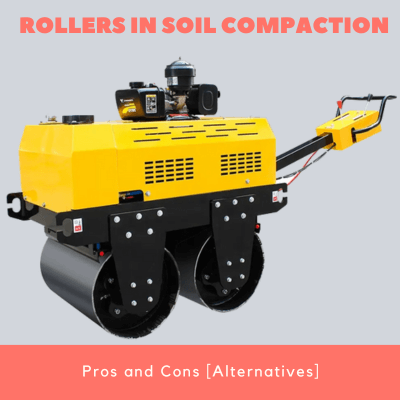
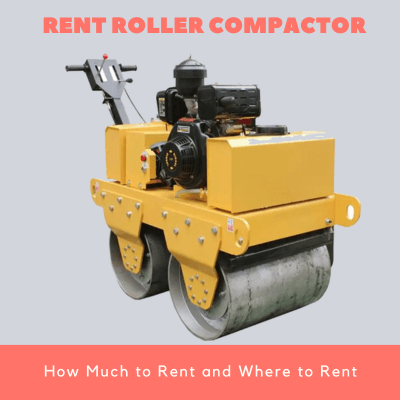
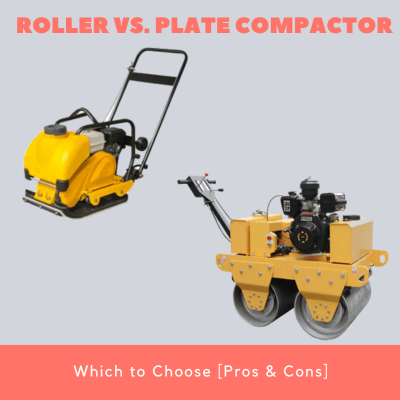
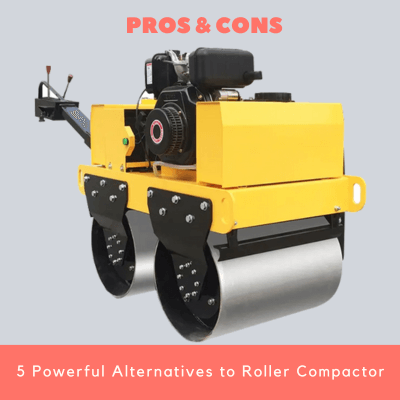
Leave A Comment